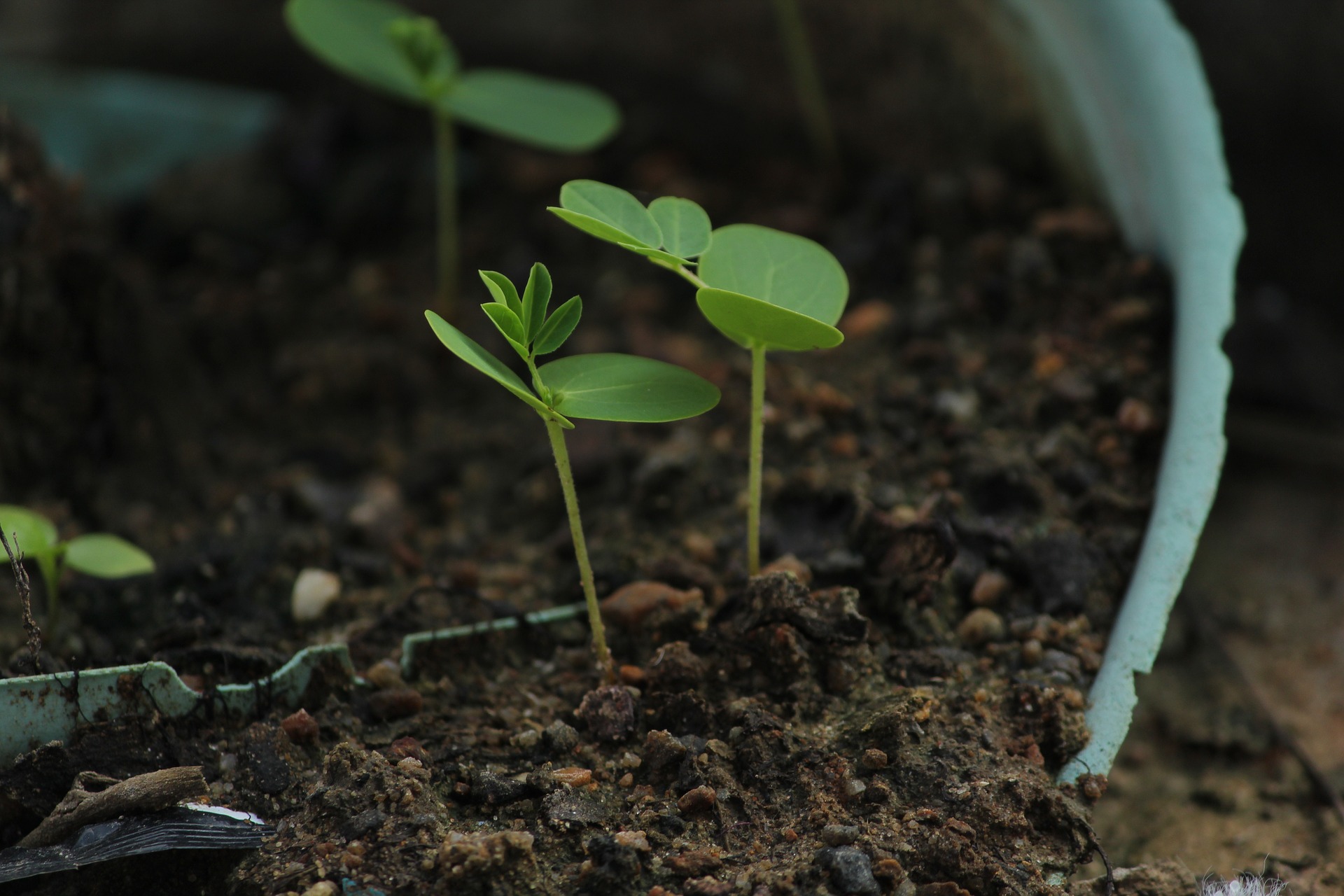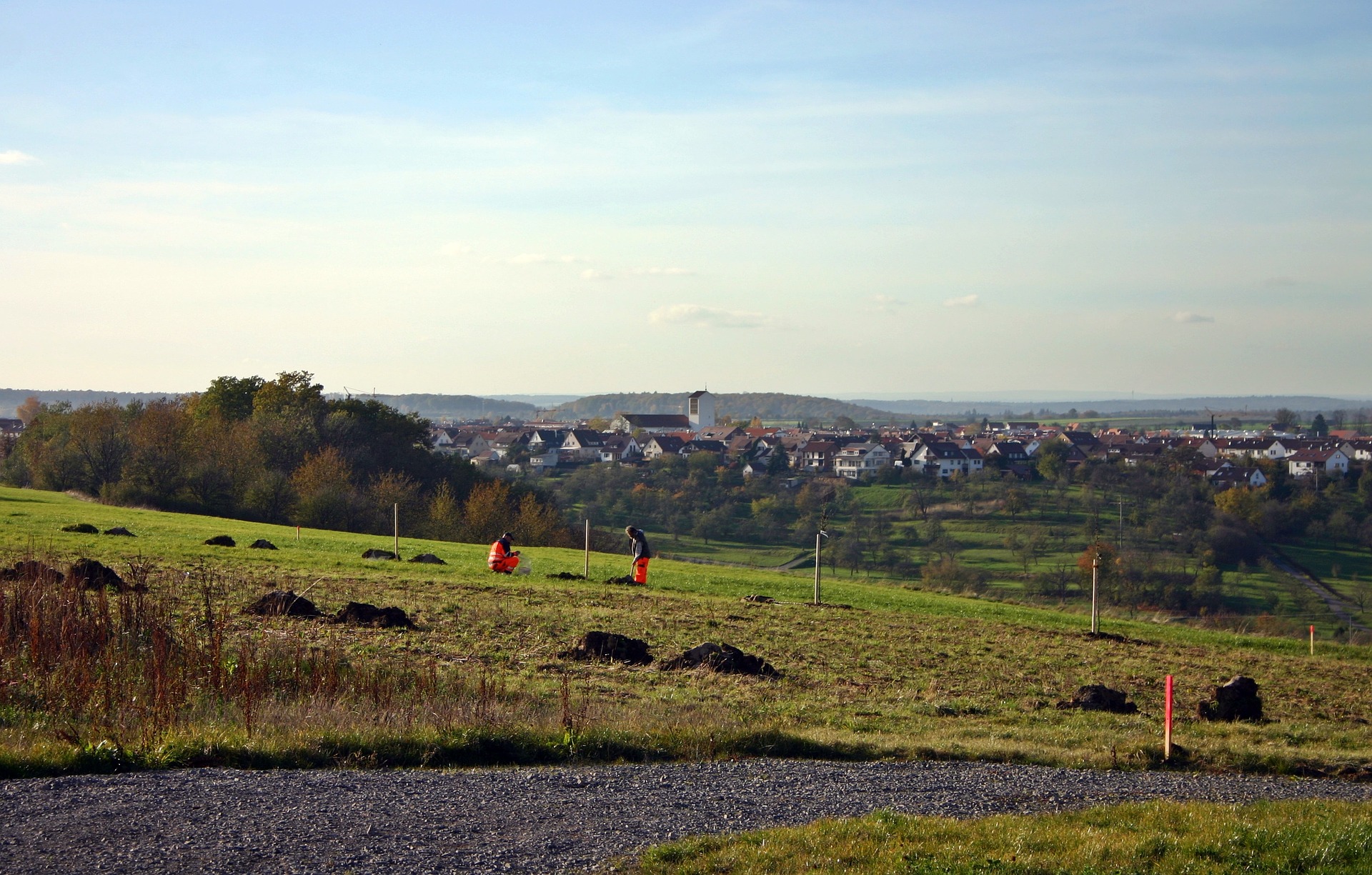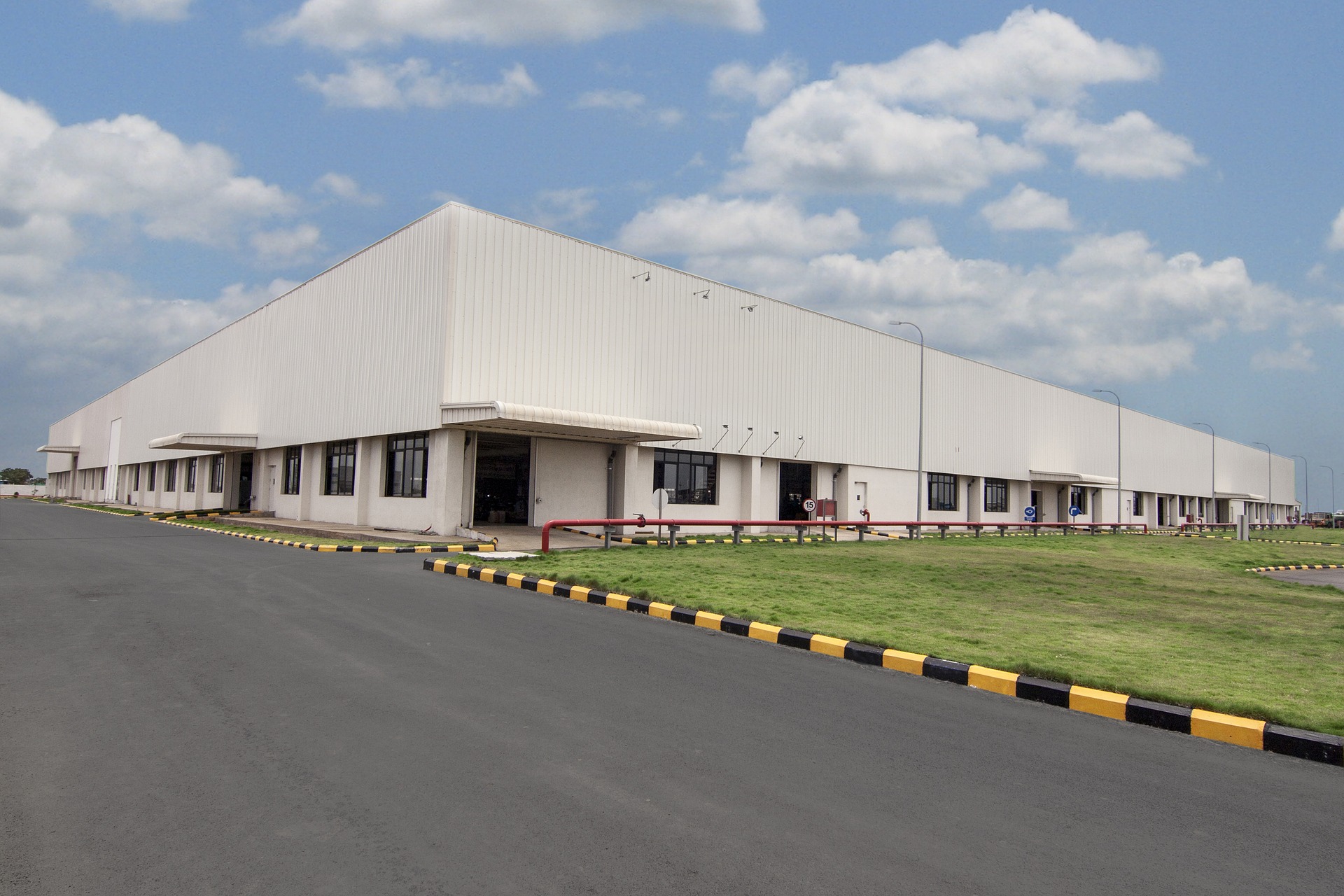Why You Should Plant Trees Around Manufacturing Factories

Green space is crucial for sustainability
The industry sector is one of the biggest contributors to climate change. This area includes manufacturers in diverse fields that generate greenhouse gas emissions during operation. It’s critical for factories to mitigate the damage caused by their practices — the planet suffers otherwise.
Thankfully, it’s not that difficult to decrease air pollution. Here’s how trees can make a difference.
The Issues With Fossil Fuels
If you’ve ever read about climate change, you’ve likely come across the implications of fossil fuels. These are materials like natural gas and crude oil that originate from fossilized objects buried underground. They’re the most common sources of energy around the world.
A main issue is that fossil fuels contain large amounts of carbon due to their composition and age. This gas ends up warming the atmosphere. But there are other problems, too. The cultivation of fossil fuels leads to water pollution, land degradation and air pollution.
We need to take action to mitigate this damage until fossil fuels are a thing of the past. That can be done in a few fundamental ways, including businesses implementing lean manufacturing techniques. Additionally, it turns out that trees are just as helpful for the environment as new manufacturing methods.
How Do Trees Treat Air Pollution?
It’s no secret that green space is crucial for sustainability. If we didn’t have greenery, we wouldn’t have an ecosystem. It’d also be harder to breathe — and you’d likely develop several health issues if you lived in a place without any plants at all.
You can reduce air pollution by up to 27% when you plant a grove of trees by a factory. That’s because they absorb carbon dioxide and push out oxygen. They’re also effective at killing particulate matter that comes from buildings burning fossil fuels. This removal happens through dispersion and deposition processes.
In a nutshell, we need greenery to survive. These plants are an impactful tool for eliminating air pollution due to greenhouse gas emissions produced by businesses. If we want our communities to thrive in a clean environment, it’s essential to enact change sooner rather than later.


The Best Kinds of Trees to Plant for Air Pollution
There’s a lot to consider before planting. You’ll want to choose trees with large canopies and rough leaves so they can trap and filter pollutants. It’s also necessary to consider how specific trees will thrive in your location.
Trees emit volatile organic compounds (VOCs). These are harmful airborne chemicals that are also a product of fossil fuels. Therefore, it’s essential to plant the right trees to ensure you’re not inadvertently harming the environment. A single tree won’t produce enough VOCs to cause harm, but it’s still best to pick ones with low outputs.
Options that hit these points include:
- London planetrees.
- Pines
- Silver maples.
- Cypresses
- Honey locusts.
These are trees with low VOC outputs and high filtering abilities that can survive in urban environments worldwide. We shouldn’t just plant random trees while expecting them to make an impact. The trees planted around your factory need to be effective.
The best place to plant your trees will be in the general area around your buildings. You should remember to measure wind direction, too. The angle at which smoke moves will determine where pollutants go — and you want to trap them in every direction.
Reduce Air Pollution Caused by Manufacturing Factories
If every manufacturing factory around the world planted trees nearby, it’d help reduce air pollution significantly. As a result, we’d have fewer respiratory concerns and a healthier planet overall. Consider starting a project to plant trees at your factory to lead a more sustainable business.
Bio:
Jane is the founder and editor-in-chief of Environment.co where she covers topics in green technology, energy and environmental sustainability.






